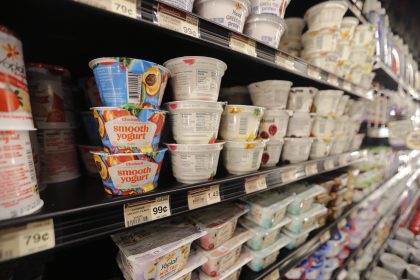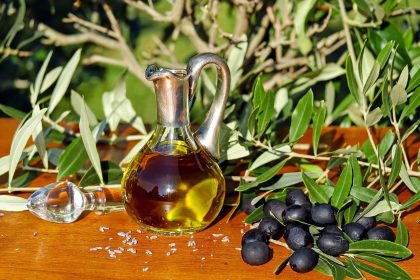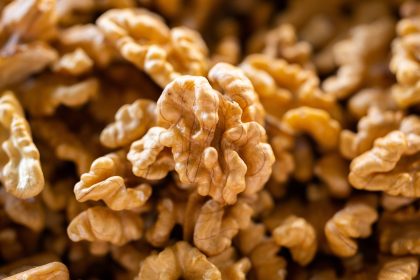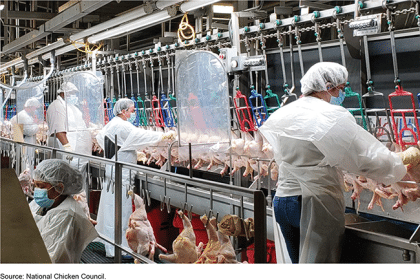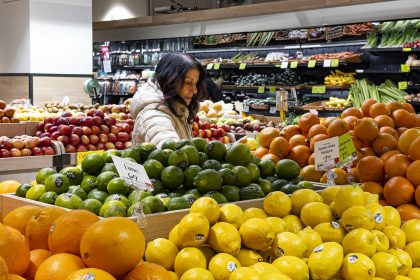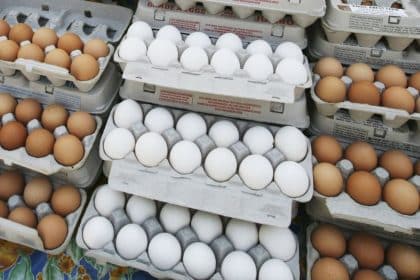Despite Rising Prices Food Insecurity Has Not Increased, Poll Finds

WEST LAFAYETTE, Ind. — While consumers are spending significantly more for food than they did last year, the prevalence of food insecurity does not appear to have risen since last year, according to a new survey conducted by Purdue University.
The latest Consumer Food Insight Report, released by the university’s Center for Food Demand Analysis and Sustainability on Wednesday, found that on average, food prices have risen about 19% from a year ago. However, grocery spending has remained effectively flat over the past six months.
That suggests “people have already cut back and found deals to help stop their food spending from continually rising,” said Jayson Lusk, the department head and distinguished professor of Agricultural Economics at Purdue, in a written statement.
“If food inflation does not come down significantly this year, consumers might not have much room to maneuver their budgets further,” he said.
While those surveyed estimated that current inflation is up more than 1 percentage point from last month, a majority also said they were optimistic inflation will decline dramatically over the next year.
Other key findings include:
Food insecurity is unchanged from January 2022, but a decline in households visiting food pantries raises further questions.
Americans report being neither risk-averse nor risk-loving but are slightly more cautious with regards to their health.
Trust in the USDA and U.S. Department of Health and Human Services’ Dietary Guidelines for Americans is at an all-time high as its advisory committee prepares to discuss 2025 guidelines.
A large majority of people want to increase funding and technical support to agricultural producers.
As for risk-taking, Americans generally consider themselves to be middle-of-the-road in daily life, scoring 5.4 on a zero to 10 (risk-averse to risk-loving) scale.
They rated their risk tolerance regarding their health generally about one point lower, at 4.3. But when it comes to food consumption, their risk tolerance is 5.2 for “food consumed at home,” and 5.1 for “away from home.”
Lusk further discusses the report in his blog.
The Center for Food Demand Analysis and Sustainability is part of Purdue’s Next Moves strategy in agriculture and food systems and uses innovative data analysis shared through user-friendly platforms to improve the food system. In addition to the Consumer Food Insights Report, the center offers a portfolio of online dashboards.
Dan can be reached at [email protected] and at https://twitter.com/DanMcCue



















